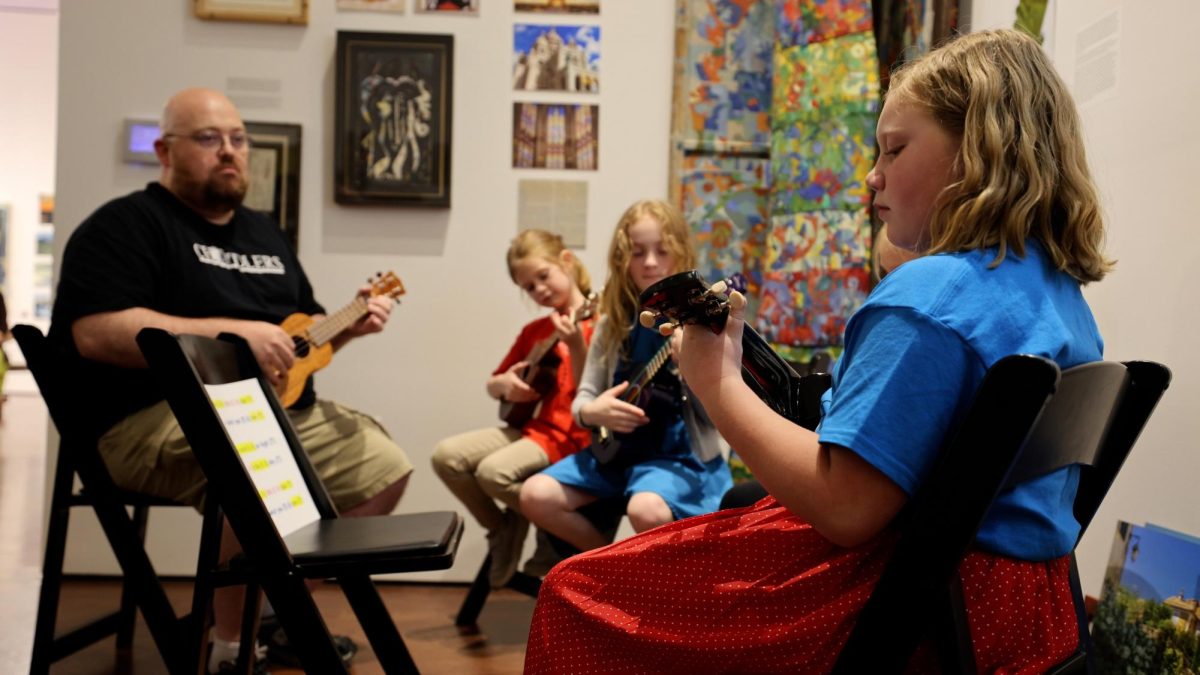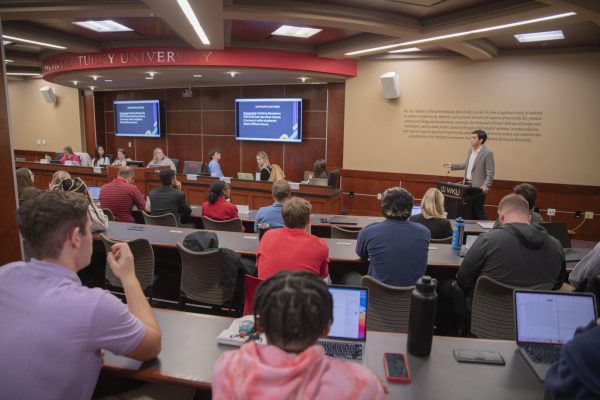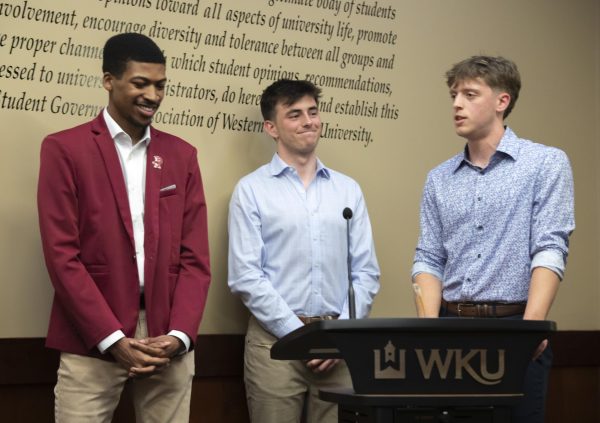New planetarium show explores a rover on Mars
April 5, 2013
It’s improbable any of us will step foot on Mars during our lifetimes, but the Hardin Planetarium is providing a welcome supplement with their new show “Curiosity: Drilling Into Mars’ Past”.
The new show is a follow-up to last year’s “Curiosity on Mars,” which previewed the journey of ‘Curiosity,’ a 2,000 pound robotic rover which landed on Mars for a 98-week mission.
Richard Gelderman, a physics and astronomy professor, said that although “Drilling Into Mars” focuses on Mars and the rover like its predecessor, it is not the same show.
“In August of 2012, the Mars Science Laboratory, nicknamed ‘Curiosity,’ landed on Mars and we gave a show in the beginning of fall about what ‘Curiosity’ could and should do,” he said. “This show is to revisit ‘Curiosity’ and what it has actually done.”
During its tenure on Mars, ‘Curiosity’ made a surprising discovery, Gelderman said.
“A month ago, there was a NASA press release where they had discovered that ‘Curiosity’s’ drill had retrieved a sample that when analyzed, showed that the rock had been formed in warm water conditions with water that was probably drinkable,” he said. “Suddenly now, these are conditions that life really could be in, since previous missions had discovered evidence that water had existed and rocks had formed in water, but it was ugly, acidic water that no life could have formed in.”
Ronn Kistler, Hardin Planetarium coordinator, said a new projector with full-dome capability will enhance the experience.
“We use the technology to actually leave the solar system and look back at it,” he said. “We’re even able to look at Mars and Earth orbiting the Sun.”
Gelderman also detailed several other capabilities.
“With the new technology, instead of using still images, we are able to use video images to take you on a tour of the imagination,” he said. “The technology allows us to zoom back in time to imagine Mars billions of years ago with oceans, and there is an animation of the planets orbiting the sun, showing how Mars and Earth have been aligned with each other.”
Michael Carini, a professor of astronomy, attested to the excellence of the projector.
“With the new projector, the quality and level of engagement in our shows have gone up tremendously,” he said.
Gelderman said he is thrilled with the developments in astronomy and the Hardin Planetarium.
“The new technology and the new discovery have both been incredibly exciting things,” he said. “We can now use this technology to travel places human beings can’t go.”
“Curiosity: Drilling Into Mars’ Past” premiered on March 26 and will be showing through May 12. On Tuesdays and Thursdays, the show is at 7 p.m. On Sundays, the show starts at 2 p.m. It is a free event suitable for all ages.













![Students cheer for Senator at Large Jaden Marshall after being announced as the Intercultural Student Engagement Center Senator for the 24th Senate on Wednesday, April 17 in the Senate Chamber in DSU. Ive done everything in my power, Ive said it 100 times, to be for the students, Marshall said. So, not only to win, but to hear that reaction for me by the other students is just something that shows people actually care about me [and] really support me.](https://wkuherald.com/wp-content/uploads/2024/04/jadenmarshall-1200x844.jpg)


![Students cheer for Senator at Large Jaden Marshall after being announced as the Intercultural Student Engagement Center Senator for the 24th Senate on Wednesday, April 17 in the Senate Chamber in DSU. Ive done everything in my power, Ive said it 100 times, to be for the students, Marshall said. So, not only to win, but to hear that reaction for me by the other students is just something that shows people actually care about me [and] really support me.](https://wkuherald.com/wp-content/uploads/2024/04/jadenmarshall-600x422.jpg)








